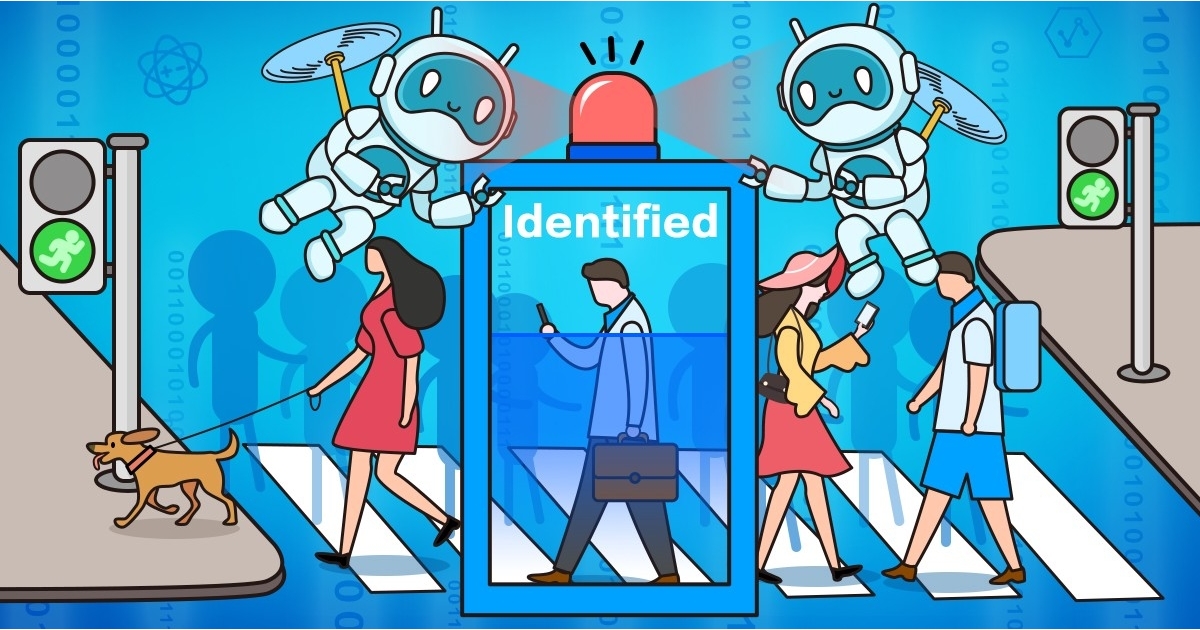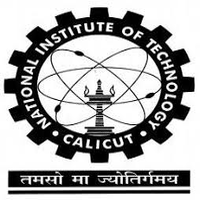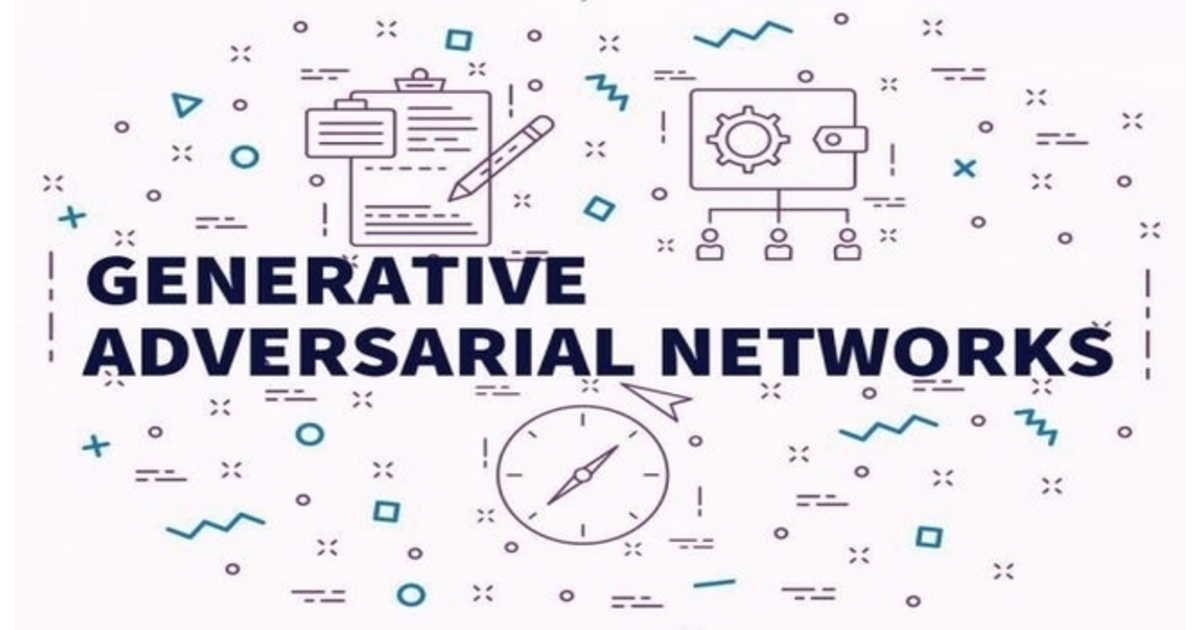
Deep Person Re-Identification
Person re-identification model using Deep Neural Networks (DNN) with Random Erasing and Pose-normalized GAN
I'm a Senior Software Engineer at Microsoft, currently focused on the Azure OpenAI Service—a powerful platform that brings together OpenAI's cutting-edge generative AI models with Azure's enterprise-grade security, compliance, and responsible AI features. In this role, I help create and refine solutions that enable businesses to harness large language models (including GPT-3.5, GPT-4, and ChatGPT) for tasks like text generation, code assistance, and more—all backed by Azure's robust infrastructure.
Before joining the Azure OpenAI team, I contributed to Codespaces, building lightning-fast, cloud-based development environments. Notably, the same computing platform that underpins Codespaces now powers new AI-driven experiences like GitHub Copilot Workspace, a Copilot-native environment in technical preview where developers can brainstorm, plan, build, test, and run code in natural language.
With close to 8 years of engineering experience, I've cultivated a broad skill set spanning Android app development, web technologies (PHP, JavaScript, React.js), and AI. During my master's at Texas A&M, I delved into AI theories, machine learning algorithms, NLP, and neural networks. This expertise equips me to architect scalable solutions using Azure and AWS—while staying agile with a range of programming languages, including C++, C#, Java, Python, Bash, JavaScript, and TypeScript.
My passion lies in crafting services that solve real customer problems, and I find every obstacle—from intricate bugs to large-scale design challenges—an opportunity to learn and grow. I'm deeply committed to mentorship, and I look forward to delivering impactful, AI-driven innovations that empower teams and transform how developers work.

Microsoft
As a Senior Software Engineer at Microsoft, I currently focus on the Azure OpenAI Service, building enterprise-grade AI solutions that bring together OpenAI’s cutting-edge generative AI models (GPT-3.5, GPT-4, ChatGPT) with Azure’s robust security, compliance, and responsible AI features.
Previously, I contributed to GitHub Codespaces, building lightning-fast, cloud-based development environments. The same computing platform now powers AI-driven experiences like GitHub Copilot Workspace, enabling developers to brainstorm, plan, build, test, and run code in natural language.

Amazon
Developed and launched a highly-scalable internal service handling 1000 TPS based on service-oriented architecture (SOA) using various AWS technologies.

Texas A&M University
Earned Master of Computer Science degree with a perfect 4.0 GPA while contributing to the academic community and building technical expertise.

Sandvine Technologies
Developed high-performance network traffic management systems using C++, focusing on automation and efficiency improvements.

NIT Calicut, India
Completed Bachelor of Technology in Computer Science and Engineering with exceptional academic performance and research contributions.
Building enterprise-grade AI solutions with deep expertise across cloud platforms, programming languages, and distributed systems
Constantly learning and exploring new technologies to stay at the cutting edge
A showcase of my technical work spanning machine learning, cloud computing, and software engineering

Person re-identification model using Deep Neural Networks (DNN) with Random Erasing and Pose-normalized GAN

Generate images from textual descriptions using Generative Adversarial Networks

A blockchain-based decentralized application for student record storage using Ethereum smart contracts to provide tamper-proof, readily verifiable academic credentials

A multithreaded client-server architecture based chat application using Java Socket programming with support for private messaging

Large-scale data analysis of Kickstarter campaigns to identify predictive indicators of successful crowdfunding projects

A novel simulation technique for hardware-based virtualization security solutions using multi-kernel privilege levels

Automated detection and censorship of toxic comments using RNN/LSTM and CNN with FastText and GloVe embeddings, incorporating human feedback
1 / 9
Thoughts on software engineering, cloud computing, and tech career insights
Introducing my redesigned portfolio built with Astro and Tailwind CSS
Master the five SOLID principles with practical examples in C++ and Java. Learn how Single Responsibility, Open-Closed, Liskov Substitution, Interface Segregation, and Dependency Inversion principles lead to maintainable, scalable software.
I'm always interested in new opportunities and collaborations. Feel free to reach out!